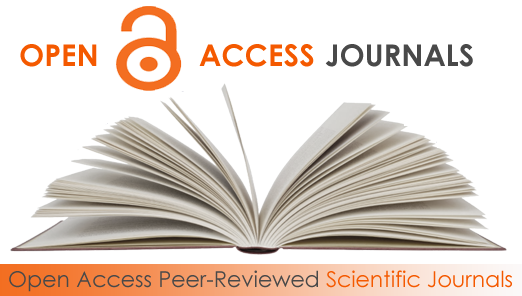THE EFFECT OF AQUEOUS EXTRACT OF Gymnema Sylvestre ON BLOOD SUGAR LEVEL OF ALLOXAN-INDUCED DIABETIC ALBINO RATS (Rattus Norvergicus)
Abstract
This work was carried out to determine the anti-diabetic effect of aqueous extract of Gymnema sylvestre on the blood sugar level of alloxan-induced diabetic rats. 25 experimental animals used were divided into five groups each containing five rats. Group 1 served as control rats fed with normal diet, group 2 served as control rats + extract (CE), i.e. non diabetic rats fed with extract, group 3 served as Alloxan-induced rats +extract (IE), i.e. diabetic treated with extract, group 4 served as Alloxan-induced rats + drug (ID), diabetic rats treated with synthetic drug, Glibenclimide and group 5 served as Alloxan-induced diabetic rats + normal diet, i.e. diabetic rats fed with normal diet. 250mg per kg body weight of aqueous extract of Gymnema sylvestre and 125mg per kg body weight of glibenclimide was administered to rats in groups, IE, CE and ID respectively for 28 days. On a daily basis, the blood sugar level of the animals was checked. The result of the blood sugar level is presented in this work as “average blood sugar level per week”. The findings from this work revealed that, diabetic rats treated with aqueous extract of Gymnema sylvestre had a significant drop in blood sugar level. Diabetic rats treated with the synthetic drug also had a drop in blood sugar level, but not as fast as that of the extract. The non diabetic rats treated with aqueous extract of Gymnema sylvestre maintained normal blood sugar level, possibly because the pancreatic beta-cells were not impaired.
Downloads
References
Asare-Anane, H., Huang, G.C., Amiel, S.A., Jones, P.M., Persaud, S.J. (2005). Stimulation of insulin secretion by an aqueous extract of G. sylvestre: Role of intracellular calcium. Endocrine abstracts. 10: DPI
Bailey CJ, and Day C (1989): Traditional Plant Medicines as treatments for Diabetes. Diabetes Care. 12: 553 – 64.
Craig C.R. and Stitzel R.E. (1997). Modern Pharmacology with clinical applications (5th edition). Pp 763-774.
International Diabetes Federation (2005). International Working group on the Diabetic Foot in The International Consensus on Diabetic Foot and The practical Guidelines on the Management and the prevention of the Diabetic foot.
Mahmoud AA (2009). Induction of Diabetes Mellitus in Rats Using Intraperitoneal Streptozotocin: A comparison between 2 strains of rats. European Journal of Scientific Research. 3: 398 – 402
Nagappa AN, Thakurdessai PA, Venkat Rao N, Singh J (2003). Antidiabetic activity of Terminalia catappa Linn fruits. Journal of Ethnopharmacology. 88: 45-50
Nwaoguikpe RN (2010). The effect of extract of bitter leaf (Vernonia amygdalina) on blood glucose levels of diabetic rats. International Journal of Biological and Chemical Sciences. 4(3): 721-729
Sugihara, Y., Nojima, H., Matsuda, H., Murakami, T., Yoshikawa, M., Kimura, I. (2000). “Antihyperglycemic effects of gymnemic acid IV. A compound derived from Gymnema sylvestre leaves in streptozotocin-diabete mice”. Journal of Asian Natural Products Research. 2(4): 321-7.
Wild S, Roglic G, Green A, Sicree R, King H (2004). Global prevelance of diabetes: Estimates for the year 2000 and projection for 2030. Diabetes Care. 27: 1047 – 53.
Copyright (c) 2020 IJAS-International Journal of Applied Science

This work is licensed under a Creative Commons Attribution-NonCommercial-NoDerivatives 4.0 International License.
Author(s) and co-author(s) jointly and severally represent and warrant that the Article is original with the author(s) and does not infringe any copyright or violate any other right of any third parties, and that the Article has not been published elsewhere. Author(s) agree to the terms that the GPH Journal will have the full right to remove the published article on any misconduct found in the published article.






















